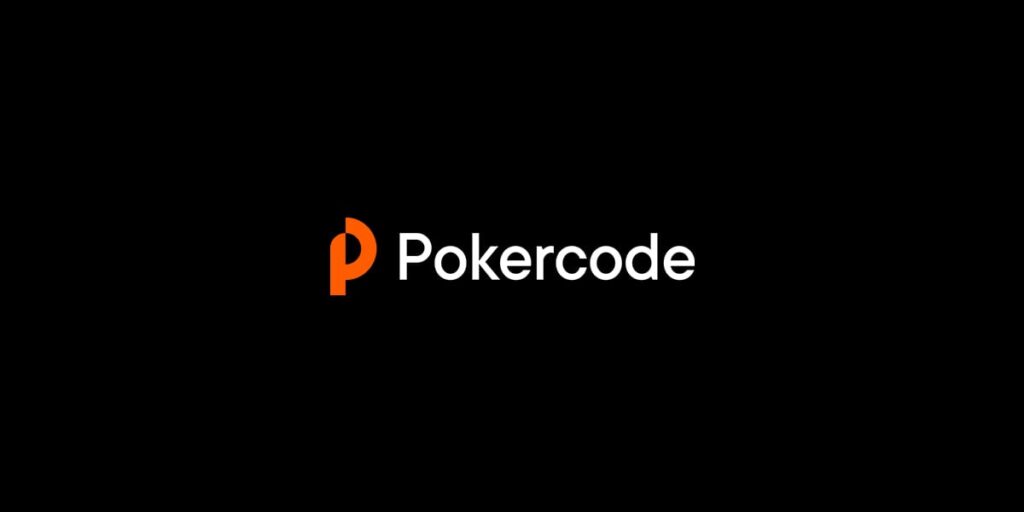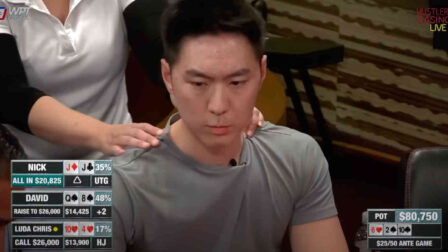Adjusting Your Postflop Play for ICM – Expert Tips by Fedor Holz

2 minutes
Last Updated: November 5, 2023
If you want to become a top player in your games, make sure to learn from the best and check pokercode.com
…
I’ve already covered the importance of ICM in some of my previous articles and talked about the risk premium as one of the main guiding principles when ICM is at play.
Today, we’ll take things a step further to see how you should adjust your postflop strategy with these things in mind.
The underlying idea behind our approach remains unchanged. The more chips you invest in the pot, the higher your risk premium will be. Thus, there are no special deviations when facing a normal c-bet and considering a call.
However, to be able to check-raise and potentially stack off, you’ll want to have much stronger hands, resulting in the significantly decreased frequency of these plays.
Stack Size Is the Key
How we approach our postflop strategy in ICM-heavy situations will depend primarily on stack sizes. This factor will heavily dictate your play in different situations.
I’m explaining this in a very simplified way, but the important thing is to understand this idea as a guideline whenever the ICM is involved.
- Big stack vs. shorter stacks – our strategy changes to a more aggressive style to put pressure on the opponents at risk. We’ll have a higher betting frequency, looking to build bigger pots on different runouts, increasing the risk premium on the opponent. Of course, you don’t want to overdo it, and you need to be aware of your opponent’s tendencies and ICM awareness.
- Big stack vs. big stack – we should adopt a more passive approach, as busting in these spots is painful for both players. This strategy entails more polarized plays, avoiding big bluffs and very thin value bets. Sometimes we’ll want to check back the hands on flops and turns that would be easy bets in purely chip EV situations (like overpairs on connected boards).
- Medium stack – our strategy will depend on whether we are facing another big/medium stack or a shorter stack. Your default against shorter stacks will be a more aggressive approach, while you should be more passive when facing larger stacks.
- Short stack vs. big stack – a more passive approach.
- Short stack vs. short stack – close to a normal strategy.
The Context: Keep the Big Picture in Mind
When figuring out your postflop strategy in ICM situations, it is always important to look at the context. In addition to stack sizes, you also need to think about how many players are still left in the field, the payout structure, what you know about the tendencies of the players at your table, etc.

All these things combined will provide you with a good guideline on how to adjust your strategy after the flop. Whenever the risk premium is very high, your default should be a more passive approach.
When you are a big stack or the risk premium isn’t as high, you can adopt a more aggressive strategy that puts more pressure on shorter stacks.




















